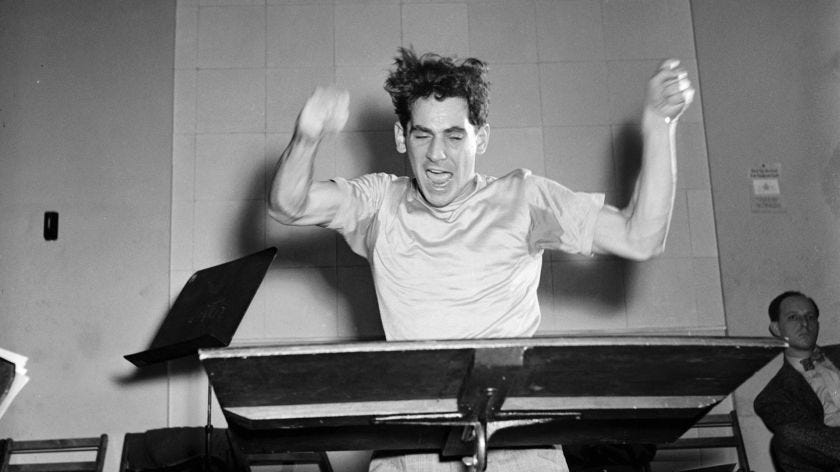
It has often been observed that most musicians are not watching the conductor hardly at all during a performance. It is because of this very astute and correct observation that I have been asked many times what I actually do while I’m waiving my arms around up there.
In truth, and this is just as much my hope as it is the musicians performing with me, that we have done enough proper rehearsing so that they don’t need to look at me much at the concert. Where the conductor is most influential and critical is during the rehearsal process. For every concert there are approximately ten hours of rehearsals, broken into four 2.5 hour rehearsals over the course of three to four days directly preceding the concert. It is during these ten hours that the truly great conductors mold and shape the pieces of music that will be performed into a great performance, rather than a mediocre one.
In fact, there is a great Ted Talk by the Israeli conductor, Itay Talgam, about how a conductor who can achieve successful results with an orchestra is a great allegory to successful leadership in business.
Luckily there is now quite a bit of footage of the great conductors in rehearsal. Here are some of my favorites.
Ricardo Muti is a detailed and exacting conductor. He has a fantastic sense of timing, color, and sound. What’s more is that he leads with an incredible sense of assuredness. Here he is rehearsing the Bavarian Radio Symphony Orchestra in Debussy’s La Mer.
Georges Prêtre was a fantastic French conductor who had a long and fruitful career, conducting many of the greatest orchestras in the world. This hour-long documentary shows a wonderful, behind-the-scenes look on a truly wonderful conductor and man.
A wonderful documentary, The Art of Conducting, came out in the early nineties that showed footage of the great conductors of the first half of the twentieth century, with great interviews of orchestral musicians that worked with them.
Leonard Bernstein was a natural rehearser because he was, at heart, a teacher. This video of him rehearsing Stravinsky’s Rite of Spring with the Schleswig Holstein Festival orchestra, a summer festival of conservatory-aged students, is a great example of his extraordinary ability to get to the meaning behind the notes.
And from the same summer, an incredible rehearsal of Shostakovich’s Symphony №1.
Sergiu Celibidache was someone who insisted on many more rehearsals than the standard four rehearsals that are common in the U.S. and certainly more than the two or three rehearsals common in England. His requirement of ten rehearsals simply couldn’t be afforded by most orchestras, so he basically only worked with his wonderful Munich Philharmonic for the most of his later career. He focused on the language of music, how the music was composed and how to bring out these unique qualities. Here’s a wonderful rehearsal of Prokofiev’s Symphony №1 with his Munich orchestra.
Mariss Jansons always had the perfect combination of working on detail while remaining very inventive and free. This is a great example of his rehearsal style with the Oslo Philharmonic on Bartok’s Miraculous Mandarin.
When one watches a rehearsal of Valery Gergiev, one realizes how his concerts can be so exciting. He pays attention to detail and knows exactly what he wants and how to get it. A great rehearsal of Tchaikovsky’s Symphony №6 with the Verbier Festival Orchestra.
While all of these conductors are completely unique in their approach and personality, without doubt the one constant is a force of will and a complete command of the music they’re trying to communicate.
